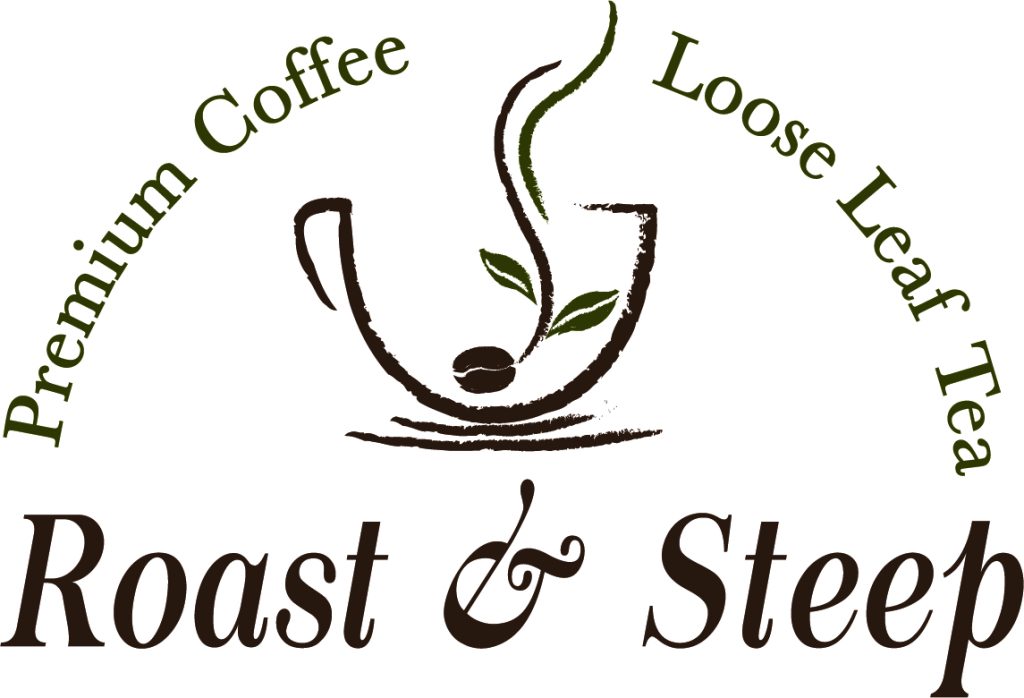Herbal Teas: Health Benefits and Flavors

Herbal teas, also known as tisanes, offer a world of flavors and wellness benefits without caffeine. Unlike true teas from the Camellia sinensis plant, herbal teas come from various flowers, leaves, roots, and spices, each bringing unique properties to your cup.
Popular Herbal Teas and Their Benefits
Chamomile
Flavor: Sweet, honey-like, floral
Benefits: Promotes relaxation, aids sleep, soothes digestive issues
Best time: Evening, before bed
Peppermint
Flavor: Cool, refreshing, menthol
Benefits: Aids digestion, relieves nausea, provides mental clarity
Best time: After meals, when feeling congested
Ginger
Flavor: Spicy, warming, zesty
Benefits: Reduces nausea, supports immune system, anti-inflammatory
Best time: Morning, when feeling unwell
Lavender
Flavor: Floral, perfumed, slightly bitter
Benefits: Reduces anxiety, promotes sleep, may relieve headaches
Best time: Evening, during stressful periods
Echinacea
Flavor: Slightly bitter, earthy
Benefits: Supports immune system, may reduce cold duration
Best time: At first sign of illness
Brewing Perfect Herbal Tea
Water Temperature
Most herbal teas benefit from boiling water (212°F/100°C) as they don’t contain delicate compounds that can be damaged by high heat.
Steeping Time
- Delicate flowers/leaves: 3-5 minutes
- Roots and bark: 10-15 minutes
- Seeds and berries: 5-10 minutes
Tea-to-Water Ratio
Use 1-2 teaspoons of dried herbs per cup of water, or 2-3 teaspoons for fresh herbs.
Creating Herbal Blends
Evening Relaxation Blend
- 2 parts chamomile
- 1 part lavender
- 1 part lemon balm
- ½ part passionflower
Digestive Support Blend
- 2 parts peppermint
- 1 part ginger
- 1 part fennel
- ½ part cardamom
Immune Boost Blend
- 2 parts echinacea
- 1 part elderberry
- 1 part rose hips
- ½ part ginger
Seasonal Herbal Tea Guide
Spring
Nettle, dandelion, and cleavers support natural detoxification as your body adjusts to warmer weather.
Summer
Cooling herbs like peppermint, hibiscus, and lemon balm help you stay refreshed in hot weather.
Fall
Warming spices like ginger, cinnamon, and cloves prepare your body for cooler temperatures.
Winter
Immune-supporting herbs like echinacea, elderberry, and pine needles help maintain health during cold season.
Safety Considerations
Quality Matters
Choose organic herbs from reputable sources to avoid pesticides and ensure proper identification.
Medication Interactions
Some herbs can interact with medications. Consult healthcare providers if you take prescription drugs.
Pregnancy and Nursing
Many herbs are not recommended during pregnancy or breastfeeding. Research carefully or consult healthcare providers.
Allergies
Start with small amounts when trying new herbs, especially if you have known plant allergies.
Growing Your Own Herbal Tea Garden
Easy-to-Grow Options
- Mint (contained in pots to prevent spreading)
- Chamomile (self-seeding annual)
- Lemon balm (perennial, spreads readily)
- Lavender (perennial, drought-tolerant)
Harvesting Tips
- Pick herbs in the morning after dew dries
- Harvest flowers just as they open
- Cut leaves before the plant flowers for best flavor
- Dry herbs in a cool, dark, well-ventilated area
Herbal teas offer a gentle way to support wellness while enjoying diverse flavors. Whether you’re seeking relaxation, digestive support, or immune enhancement, there’s likely an herbal tea that can complement your health goals naturally.
